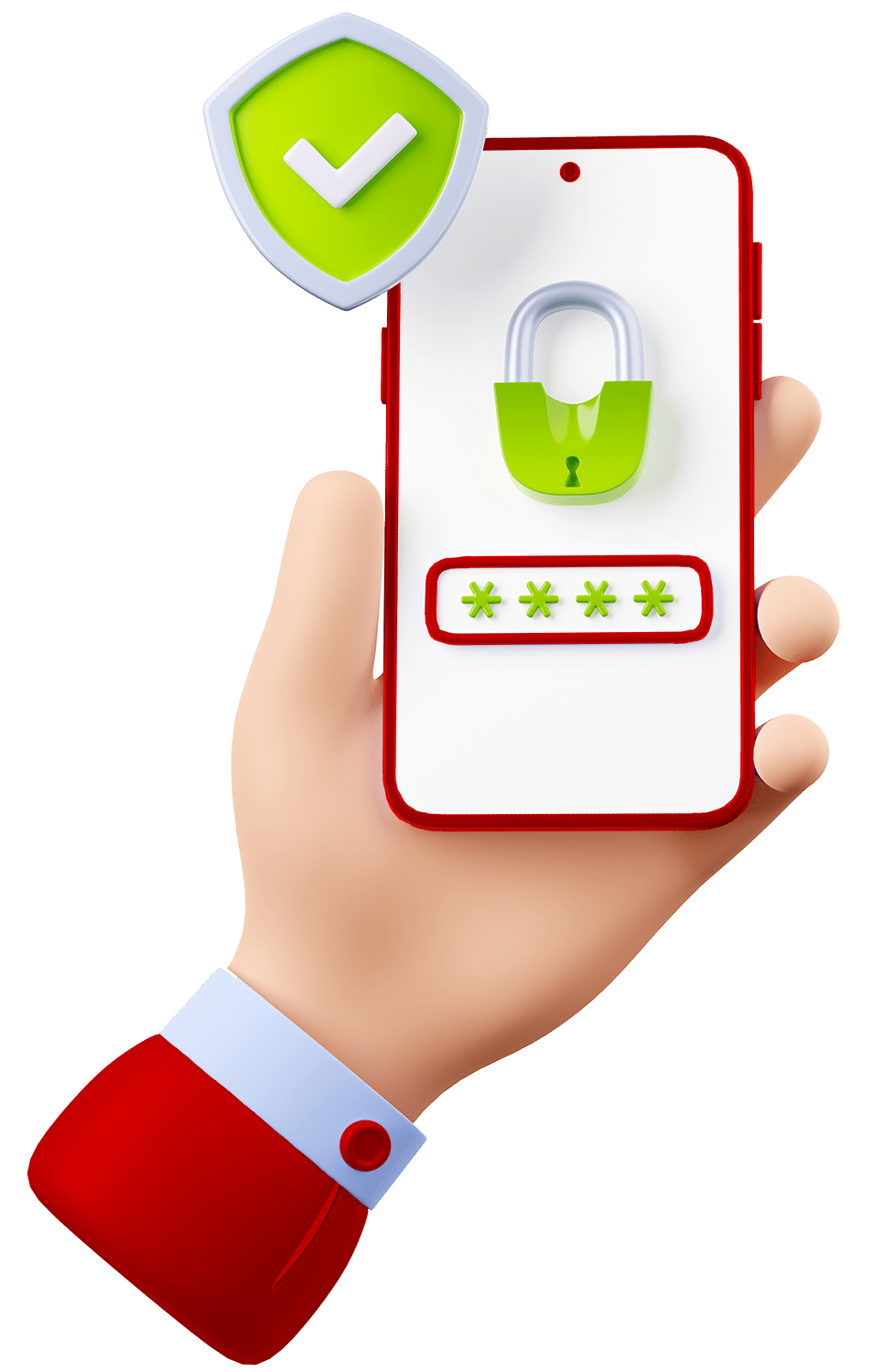1. Define business logic and requirements: These parties outline definite
business settings.
2. Design smart contract architecture: Develop the contract’s structure
depending on the agreed rules.
3. Develop the smart contract: Code chosen blockchain and do unit testing.
4. Internal audit: An internal audit of a local blockchain and testnet is
carried out to confirm that the contract works well and is secure enough.
5. Deployment on the blockchain: Deploying it on a marketplace where it
will operate.
6. Simple smart contracts: Contracts with legal implications for breach by
one party towards another party or all parties to an agreement (which can involve
failure to meet other obligations related to such agreements).
7. Complex smart contracts: Include Generation of DAOs and Application
Logic Contracts (ALC):
- Blockchain communities are run
through these kinds of contracts.
- The Iot devices are linked to
these sorts of contracts by ALCs.
- Crowdfunding agreements assist
or control crowdfunding campaigns.

 +91 9877752948
+91 9877752948
 +44 7942334242
+44 7942334242
